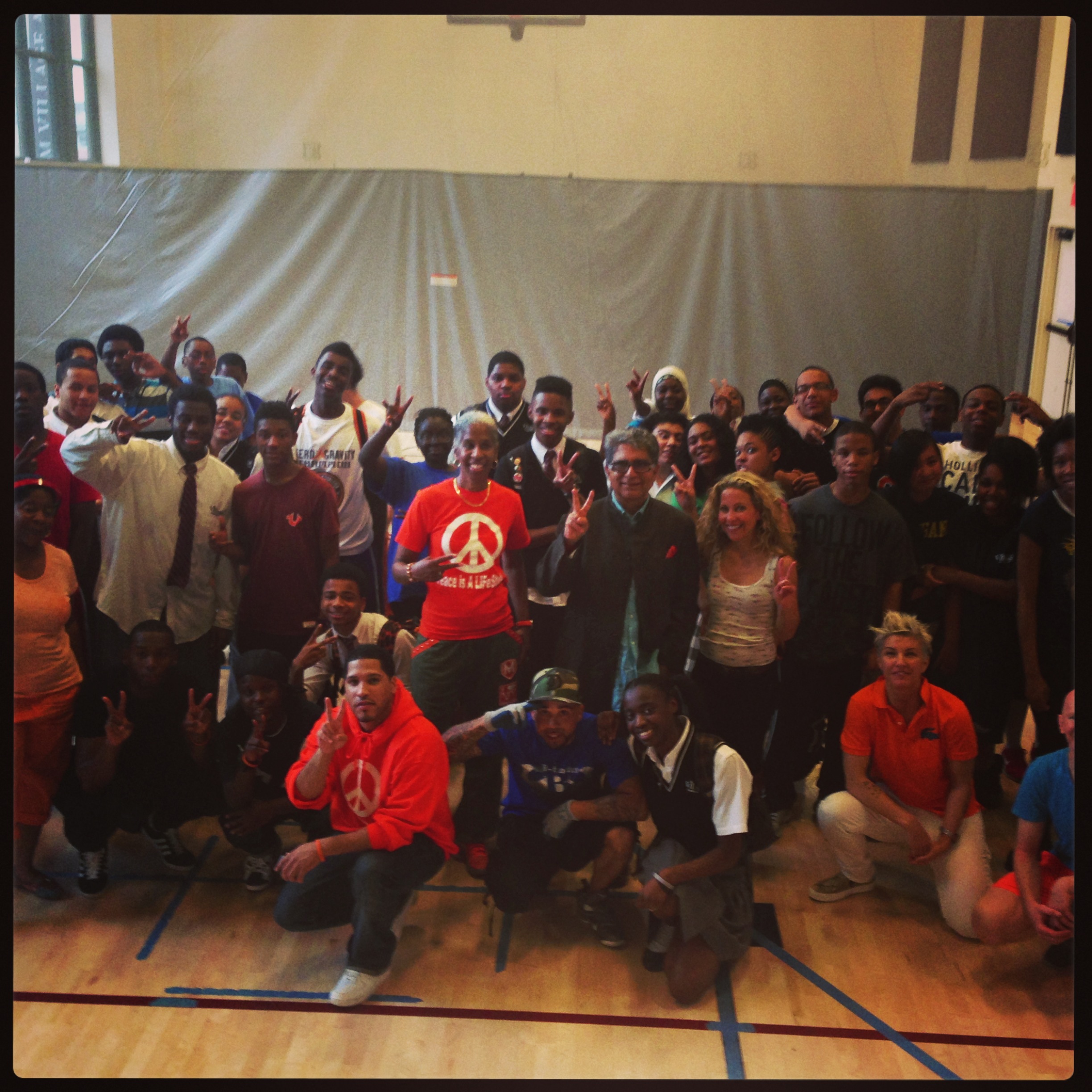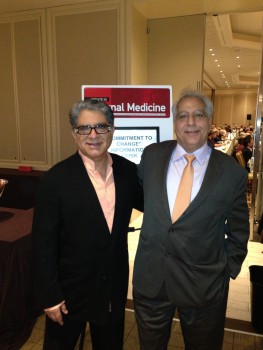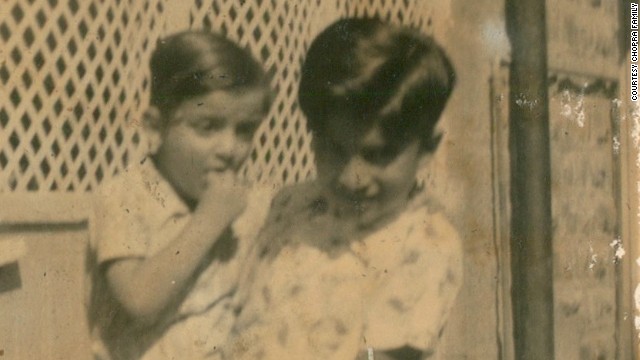By Deepak Chopra and Sanjiv Chopra
When you hear the word immigrant, what conjures up in your mind? Is it illegal vs. legal immigrants, contentious debates over immigration reform or the Arizona lawman, Joe Arpaio, who styles himself as “America’s toughest Sheriff?” Chances are that most people are not aware of the fact that nearly one of every four Americans – 70 million – is an immigrant or the child of parents who came from abroad.
[youtube]http://www.youtube.com/watch?v=mj1YJjkgtd4[/youtube]





